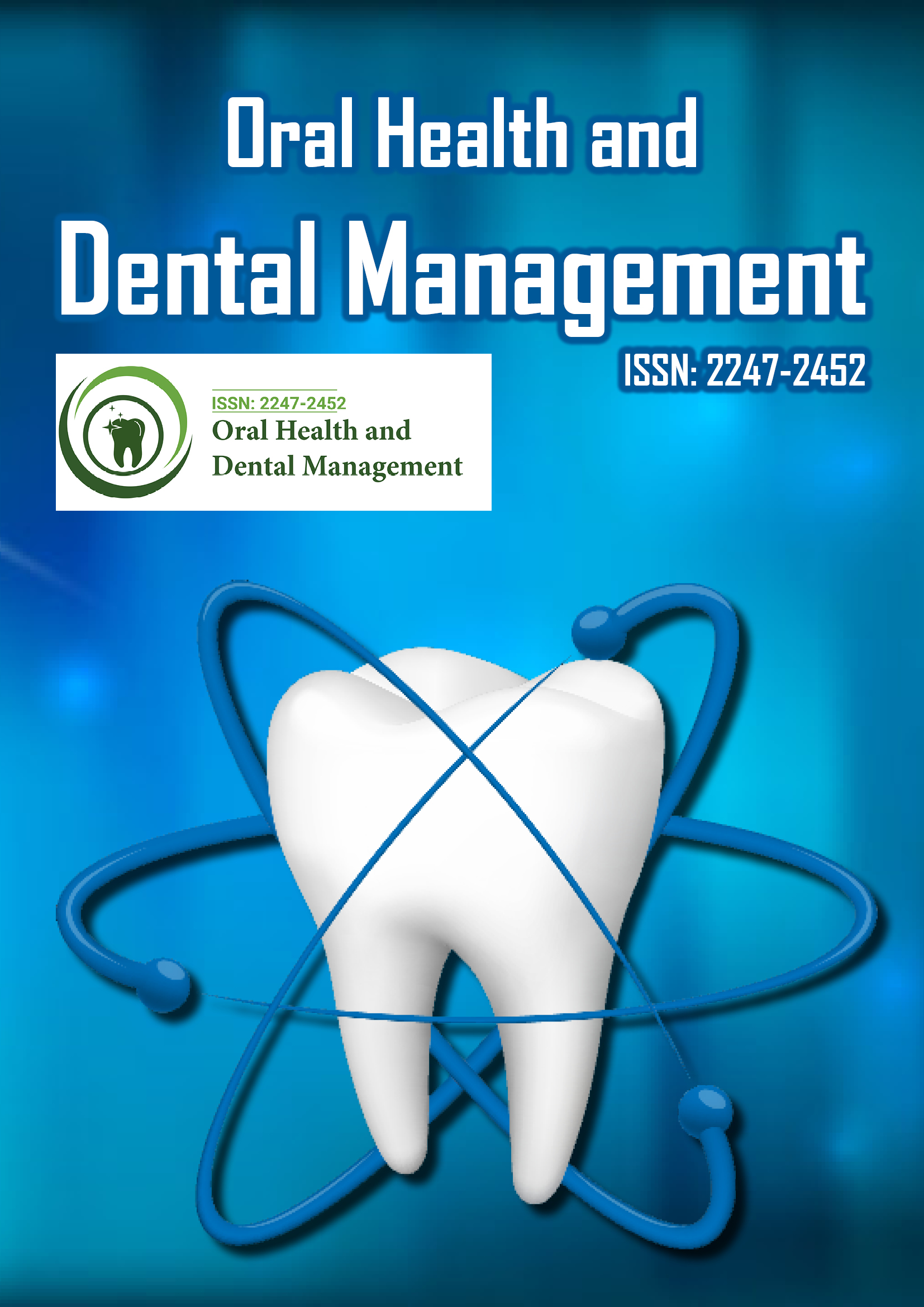Indexed In
- The Global Impact Factor (GIF)
- CiteFactor
- Electronic Journals Library
- RefSeek
- Hamdard University
- EBSCO A-Z
- Virtual Library of Biology (vifabio)
- International committee of medical journals editors (ICMJE)
- Google Scholar
Useful Links
Share This Page
Journal Flyer

Open Access Journals
- Agri and Aquaculture
- Biochemistry
- Bioinformatics & Systems Biology
- Business & Management
- Chemistry
- Clinical Sciences
- Engineering
- Food & Nutrition
- General Science
- Genetics & Molecular Biology
- Immunology & Microbiology
- Medical Sciences
- Neuroscience & Psychology
- Nursing & Health Care
- Pharmaceutical Sciences
Influence of non-orthodontic intervention on digit sucking and consequent anterior open bite
7th Global Dentists and Pediatric Dentistry Annual Meeting
March 31- April 01, 2016 Valencia, Spain
Boyen Huang
Charles Sturt University, Australia
Posters & Accepted Abstracts: Oral Health Dent Manag
Abstract:
Some appliances have been developed in order to correct childrenâ??s digit sucking habits simultaneously with or only for malocclusions resulting from these habits. Although the appliances above were effective in cessation of digit sucking, correction of anterior open bite, or both concurrently, these management options were costly and required advanced techniques. Previous studies have reported reductions in orthodontic relapse with the aid of orofacial myofunctional therapy. Stabilization of the tongue position was one of the reasons for a decrease in overbite relapse, since the stimulus of the tongue on the maxillary dental arch had a protective effect against the development of a cross-bite. When in a normal rest position, the tongue tip rests over the incisive papilla which is pear-shaped anatomical landmark located on the palatal mucosa posterior to the maxillary central incisors. This structure is relevant to rhythmic activity of the tongue muscles and guidance of tongue elevation. An earlier paper suggested that tongue thrusting patients should regularly place the tongue tip on the palatal rugae behind the upper central incisors, in order to improve the condition. A nonorthodontic intervention (NOI) comprising of guidance of the tongue position and behavior shaping with positive reinforcement was therefore developed. To guide the tongue to a correct rest position, a small round piece of gelatin material (stomahesive wafer) was placed onto the palate. Patients were then instructed to touch the spot of stomahesive wafer with the tongue tip. This helped to elevate the tongue in the correct rest position and encourage a lip seal. This less expensive and reduced technique-oriented approach has been used in clinical practice by some oro-facial myologists. My recent study with a team of dentists and oro-facial mycologists used the NOI method on a sample of 4- to 12-year-old children in Australia. After four monthsâ?? implementation of the NOI method, 90% of children ceased the digit sucking habit. The number of anterior open bite cases also reduced by two thirds. In addition, children with a measurable over jet showed a decreased over-jet. Although the NOI method would require long-term follow up to observe relapse of the digit sucking habit and consequent malocclusion, the significant effect from this approach indicates future implementation in conjunction with orthodontic treatment.
Biography :
Email: bhuang@csu.edu.au
